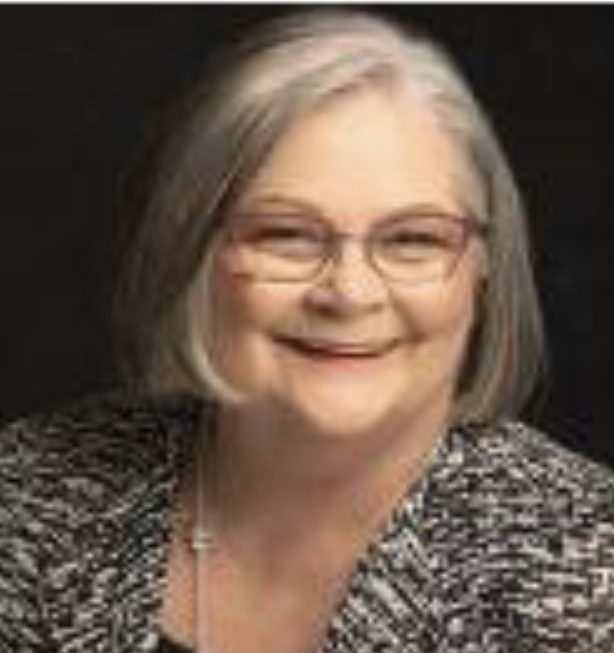Community Matters
How Donors Influence Collaboration
Dr. Patricia A. Clary
In last week’s column, we looked at how competition; fear of losing control; organizational transparency; limited resources; unclear goals, roles, and responsibilities; culture; and leadership were barriers to collaboration. These barriers remain, even though collaboration can lead to shared resources that can lead to solutions for addressing wicked problems. This week, we will consider the evolution of philanthropy, the philanthropic value of a nonprofit organization, and four ways donors influence collaboration. Let’s dive in.
The history of philanthropy dates back to the 17th century when the earliest
forms of philanthropic giving in the United States included religious organizations and
charities established by European settlers. During the 18th century, philanthropy became
more structured with the establishment of the first private foundations, including the
Peabody Fund and the Rockefeller Foundation. Then, in the 19th century, the Industrial
Revolution led to the growth of wealth and the establishment of new foundations, such
as the Carnegie Corporation and the Ford Foundation. During this time, corporate philanthropy emerged as businesses began donating to charity.
In the first half of the 20th century, philanthropy continued to grow in prominence,
with foundations and corporations playing a significant role in funding social programs,
education, and scientific research. The Great Depression and World War II created
increased demand for philanthropic support, and in the second half of the 20th century, philanthropy became increasingly institutionalized with the establishment of
professional associations, tax laws that incentivized giving, and new forms of charitable giving, such as donor-advised funds and charitable trusts.
In the 1980s, a new donor typology emerged due to information technology and globalization. Hall (2016) characterized the new donor as the “new billionaires” who were predominantly younger men, active business leaders, activists, and result-oriented individuals who wanted to yield measurable impacts. Additionally, Hall asserted that as the source of wealth was global, the young financiers began to consider global problems of hunger, disease, the environment, and economic development. The philanthropic landscape varied between foundations. For instance, the Bill and Melinda Gates Foundation focused on the global front of health, financial services for the poor, and agricultural development, and in the United States focused on funding schools, libraries, and scholarships. The founders of Google created a social enterprise for-profit foundation combining business and social change. Whereas the development of democratic societies in Central and Eastern Europe was the focus of financiers like George Soros. According to Hall (2016), a definitive shift occurred in philanthropy during this era in that the focus of philanthropy changed from advanced industrial nations supporting developing nations to a flow of aid and influence in a broad area of multidirectional initiatives.
Fast forward to today and consider a recent report by Fidelity Charitable that the Millennial generation, now between the ages of 25 and 40, will align their giving with their values. The Millennial and younger generations who consider themselves philanthropists will inherit an estimated 73 trillion, lending a fresh perspective to giving back. The rise of technology and globalization has additionally led to new forms of philanthropy, including online giving platforms, impact investing, and social entrepreneurship. Philanthropic giving will continue to play a crucial role in addressing social and environmental challenges (wicked problems) in the United States and worldwide. However, the intrinsic values of the Millennials and other generations will drive philanthropic giving in the 21st century.
The intrinsic value a donor ascribes to a nonprofit organization constitutes the philanthropic value of the organization to the donor. Intrinsic value, as defined by the Stanford Encyclopedia of Philosophy, is the value that that thing has “in itself” or “for its own sake.” The intrinsic value a donor ascribes to a nonprofit organization originates within the donor making this an important concept as donors can be individuals, organizations, foundations, or businesses who donate time, money, experience, skills, or talents to help create a better community. Here are four reasons donors are more likely to give to nonprofit organizations where collaboration with community stakeholders is an organizational value.
Increased impact: When multiple organizations collaborate, resources and expertise can be pooled to achieve a more significant impact than they could accomplish independently. Organizations can tackle larger and more complex social problems by working together and creating more meaningful and lasting change.
Efficiency: Collaboration can increase the efficiency of an organization. When organizations collaborate, they can avoid duplication of efforts and streamline their work, resulting in more efficient use of resources.
Innovation: Collaborating with other organizations can bring fresh perspectives and new ideas. Organizations can learn from each other and develop more innovative solutions to social problems by working with others with different areas of expertise.
Building relationships: Collaboration can help build relationships. Organizations can build trust and mutual respect by working together, leading to future partnerships and collaborations.
Collaboration in philanthropic giving can help nonprofit organizations achieve more significant impact, efficiency, innovation, and relationship-building, ultimately leading to more effective and sustainable solutions to social problems because community matters.
In Community,
Dr. Pat
Dr. Patricia A. Clary is a syndicated columnist who consults with nonprofit and business sector partnerships that promote strategic community impact agendas to solve complex societal issues through governance, collaboration, and convening leadership. Connect with Dr. Clary patriciaclary.com, LinkedIn https://www.linkedin.com/in/pat-clary/, Facebook PatriciaAClaryPhD, or at patclary6776@gmail.com. ©2023 All Rights Reserved.

Patricia A. Clary, Ph.D.
Dr. Patricia Clary is a practitioner and scholar. An author, international presenter, President and CEO, Commissioner, lifelong learner, and community builder Clary is passionate about empowering professionals in personal and professional pursuits. She is well-known for her expertise in working with diverse stakeholder groups to help communities and global societies solve complex issues through governance, collaboration, and convening leadership. Clary’s most recent peer-reviewed journal article addresses The Phenomenological Effect of Burnout on Women in the Nonprofit Sector and Implications for the Post-Pandemic Work World. In this article, Clary illustrates the benefits of addressing the phenomenon of burnout from a system-design framework where the effects of burnout and the implications to the organization are considered at the micro, mezzo, and macro levels.
As a member of the International Leadership Association (ILA), she is the Past Chair of the Public Leadership Member Community and is on the Women and Leadership Member Community Executive Leadership Team. Moreover, she is a contributor to ILA’s Building Leadership Series Reimaging Leadership on the Commons: Shifting Paradigms for a More Ethical, Equitable, and Just World with her chapter on Convening Leadership on the Commons: Initiating Stakeholder Networks to Solve Complex Global Issues. Additionally, she holds memberships with the International Association for Strategy Professionals, the Association for Research on Nonprofit Organizations and Voluntary Action (ARNOVA), and United Way NEXT. She serves as a Commissioner for the Municipal Recreational Improvement District and was recently certified as an Interim Executive Director. As of January 2023, she is a syndicated columnist with her weekly column Community Matters. You can follow her on LinkedIn https://www.linkedin.com/in/pat-clary/.


